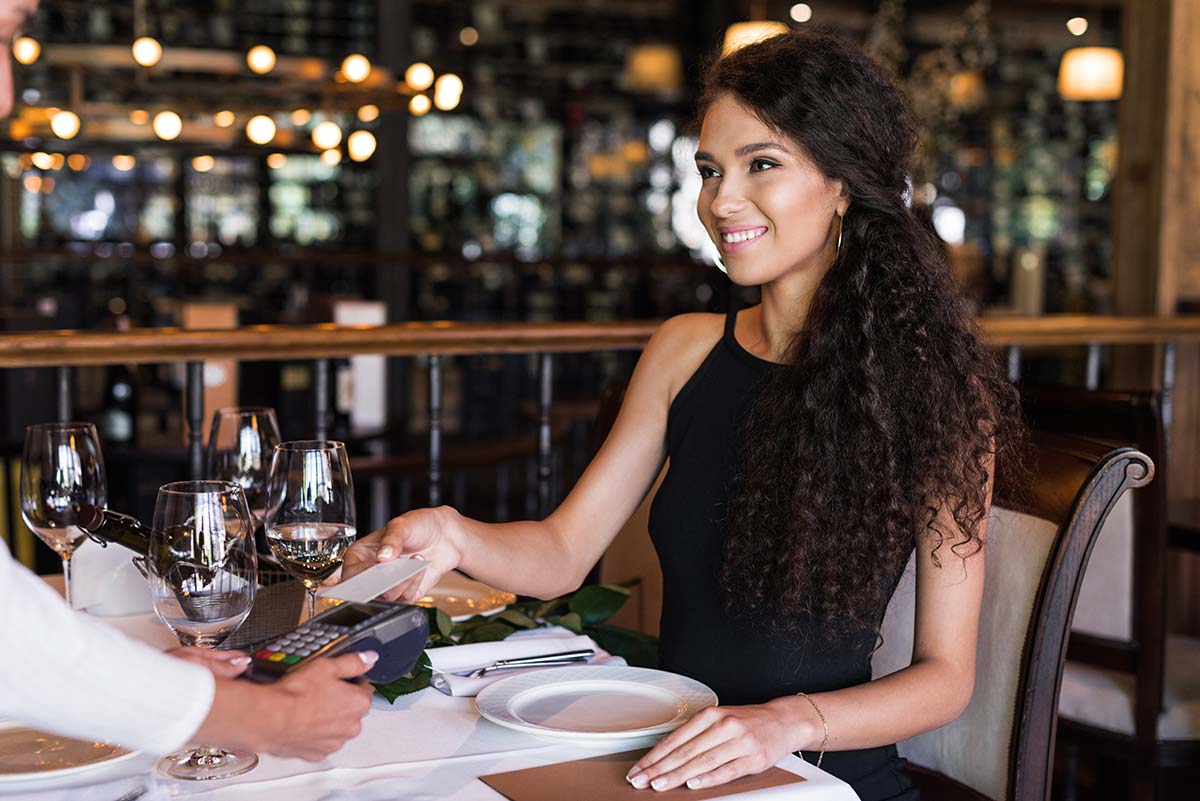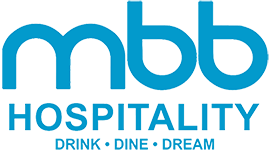
Menus are the most common way restaurants communicate their offers to customers. Boosting sales for your restaurant can be done in many ways, both in selling a larger number of customers and by selling your most profitable items first. We are here to provide a guide to how to use your restaurants printed, online, and board menus to better boost your restaurant sales using simple menu design.
Why Menu Design?
You’ve already decided on a menu your customers will like and an atmosphere that best attracts people and makes them feel at ease. These cost some money. The good news about menu design is that for the most part, designing and printing a menu is inexpensive and one of the best ways to get the most of your already spent marketing dollars.
1. Use the Hotspots
The concept is very simple and used in marketing and retail design everywhere: Place your most profitable items in the areas your customer is most likely to visit or read. According to FHG international, the top right corner of a two page folded menu gets the most attention or the center of a single page menu. Customers first need to read the menu and are most likely to look in these places first and keep their eyes fixed on the center and top right. You can look forward to bigger checks per group and a higher profit when placing the right items in the right, most read areas.
Online menus are a bit different since most of the menu is in the center. Many online menu makers allow you to see where your customers look the most and tune your menu to change the order of your menu to place your most profitable items in the right spot.
2. Use Style
Make the higher profit items look different than other items by using different fonts, colors, and backgrounds for items you want to sell more. While we suggest having photos of every item feasible, get great pictures of the items you want to sell the most, especially if you want them to stand out on an otherwise photo free menu.
Using a different style also indicates the menu item is different, and it’s eye catching abilities can help you make more per plate on easier to make and cheaper to produce items.
3. Brief
You’ll want a brief menu in a couple ways. First, a huge menu takes more time to read and makes the customer feel like they have been waiting longer. It’s also harder to decide from a huge number of options. If your restaurant has waiting times, this is not a good thing.
Second, not every dish at a restaurant sells very well. Items that don’t sell often also take up inventory space and your money in buying their ingredients. You should already be monitoring which items sell on a regular basis and considering what makes a profit. Remove items that are not profitable or aren’t ordered all that often. Removing these items can increase your profit and improve the customer experience by offering a smaller menu.
4. Descriptions
Here’s where you can get specific and detailed. Which sounds better: Cheeseburger with a sesame seed bun, all the fixin’s, and fries, or a Flame grilled 100% organic beef patty served to order with your choices of cheeses, and options including mayo, lettuce, tomato, mustard, and pickles. Served with steak fries.
The second option offers a much more detailed, appetizing description for the purpose of expectations and visualizing the item. It also implies customization if the customer doesn’t like any of those items. While the purpose is not necessarily to avoid questions, a good description can also clear up any confusion about what’s on an item.
5. Low Profit Items
Low profit items can present two problems: Some items are popular with your regulars but don’t offer much profit. The good news here is that those regulars already know the menu and can find the items they like right away. Instead, put these items in a less obvious spot to keep newcomers from seeing them right away. Like we suggested in #3, use this information to trim menu items too.
6. A broader kind of style
Make your menu’s look feel like the rest of your location. While this isn’t really specific to any particular kind of food, having a soft muted looking location and a bright colored menu might look a bit weird. Livening up the paint and having a brightly colored menu speaks to the vibe of the restaurant.
7. Premium Feel
Many restaurants are using traditional menus for at least some customers. Use heavy grade paper that feels substantial. While many restaurants laminate their menu anyway, customers can tell the difference between printing your menu from your office on a small LaserJet and when you had a local printer use heavier stock and better quality ink. The thought speaks volumes and indicates permanence.
8. Use a menu board
Menu board are opportunities to try and get rid of the last of ingredients and promote specific specials in a timely manner. They can be updated much faster than a traditional menu but are usually noticed more when a person enters the restaurant. You can also consider asking your own staff to make unique drawings or have the best handwriting available on the board.
Conclusion
The best part about menu design is that changing your menu for the purpose of selling more food and drinks is one of the easiest adjustments you can make at a restaurant. Simply making things look more appealing and strategizing your menu is a simple matter of knowing what is ordered the most and what makes you money. Some restaurants design their menus in software or hire a designer.


Leave a Reply